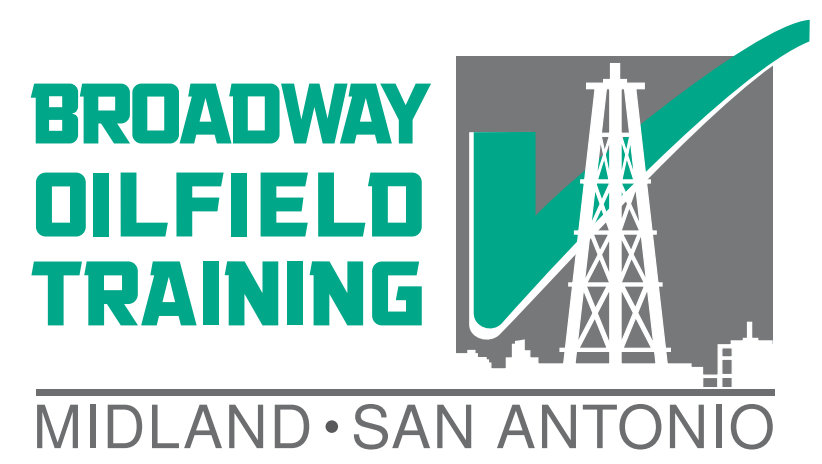GIVEN OIL AND GAS H2S SOURCES, WHY DON’T YOU SEE MANY AIR PURIFYING RESPIRATORS IN THE OILFIELD?
Best practice in the upstream oil and gas industry trains workers that protecting themselves from H2S exposure through the use of SCBA or supplied air respirators when working in elevated H2S atmospheres is required. Using an SCBA or supplied air respirator requires more equipment, inspection, complexity, and cost over the use of air purifying respirator. Given the lower cost of an air purifying respirator versus SCBA or supplied air, why is their use not prevalent in the oilfield?
OIL AND GAS H2S LEVELS
The API segregates wellsites into three different hazard condition levels depending on their possible maximum H2S concentration. The lowest is condition I (green hazard level) and includes any well not capable of emitting more than 10 PPM H2S concentration. The next level, condition II (yellow hazard level), includes wells that are capable of more than 10 ppm H2S concentration but not more than 30 PPM. This is such a small concentration boundary that these wells tend to be comparably rare. Any well capable of more than 30 PPM is termed a condition III (red hazard level) and is unbounded to the high-end concentration. Since air purifying respirators are not to be worn in potentially IDLH atmospheres, this precludes their use in condition III wells as the H2S concentration is unbounded into the IDLH range. Most condition I wells are not able to produce enough H2S concentration to require the use of respiratory protection when adequate monitoring is undertaken. According to OSHA, this leaves only the condition II wells as possible candidates for the use of an air purifying respirator and these yellow hazard level well are comparably infrequent.
OILFIELD OPERATING CONDITIONS
The oilfield is a notoriously rugged and unpredictable industry, and this can cause unreliable operation for equipment when its specifications are exceeded. In the case of air purifying respirators, we are concerned with fluid splash, changing humidity, and dust. All of these airborne conditions can reduce the ability of an air purifying respirator to filter out H2S but should not affect the proper use of an SCBA or supplied air respirator.
WELL CONTROL IS PROCESS CONTROL
Although oil and gas workers should be trained to react to any H2S hazard that could be present, the best possible practice is to control the hazard so that workers are not exposed to H2S at all. Proper well control can keep reservoir fluids, including H2S, in the reservoir and away from the rigsite. Monitoring checks the circulating fluids for any H2S influxes to allow the crew to take additional well control or respiratory protection. In other words, proper well control and monitoring is the first line of defense against H2S at the rigsite, when respiratory protection is required a SCBA is then able to cover all hazard levels.
Recommended training: H2S Monitor, San Antonio H2S Card
Notice: Article is provided as is and for informational use only. Eagle Ford Training San Antonio, its owners, instructors, and affiliates hereto referred as the company shall have no liability for and you shall defend, indemnify and hold harmless from and against any claim loss demand, liability, obligation, and expense based upon any injury or damage, spill or pollution, product liability, or any other loss that may occur. The liability for the use of information is solely yours notwithstanding any act of error or omission by the company.
